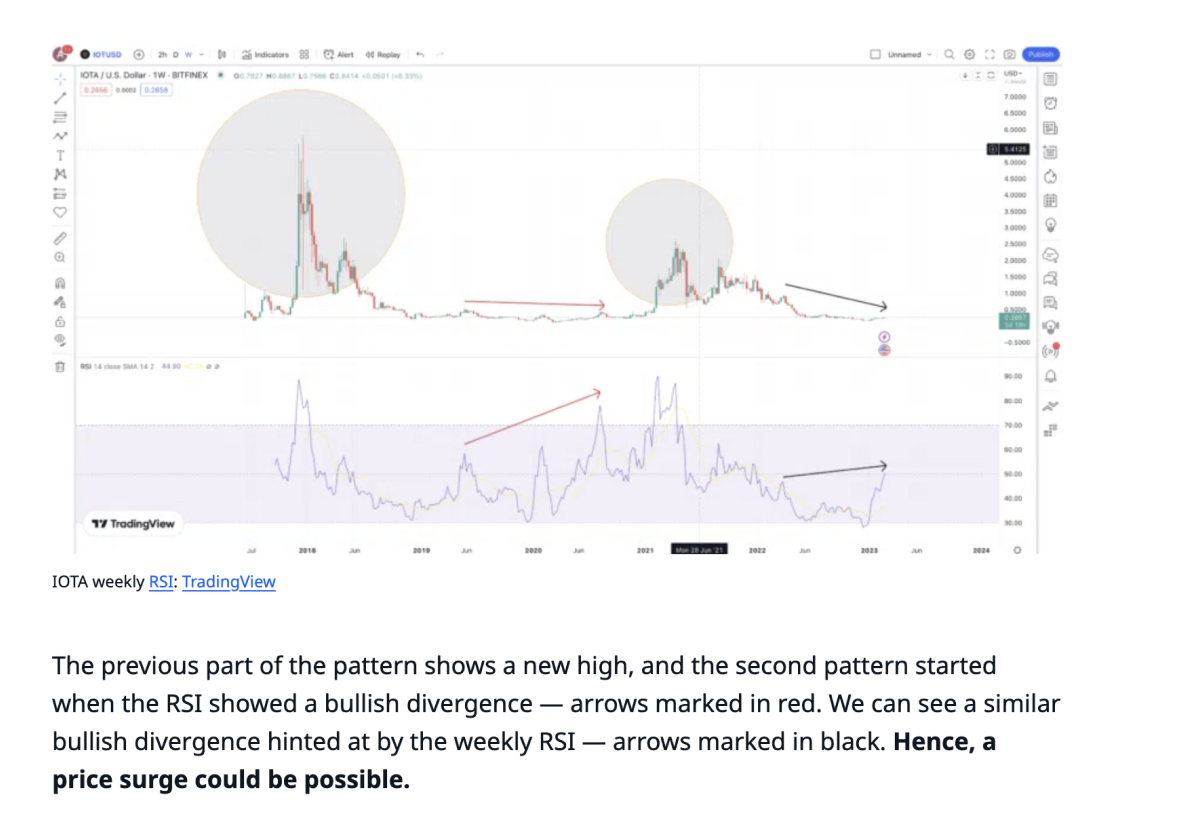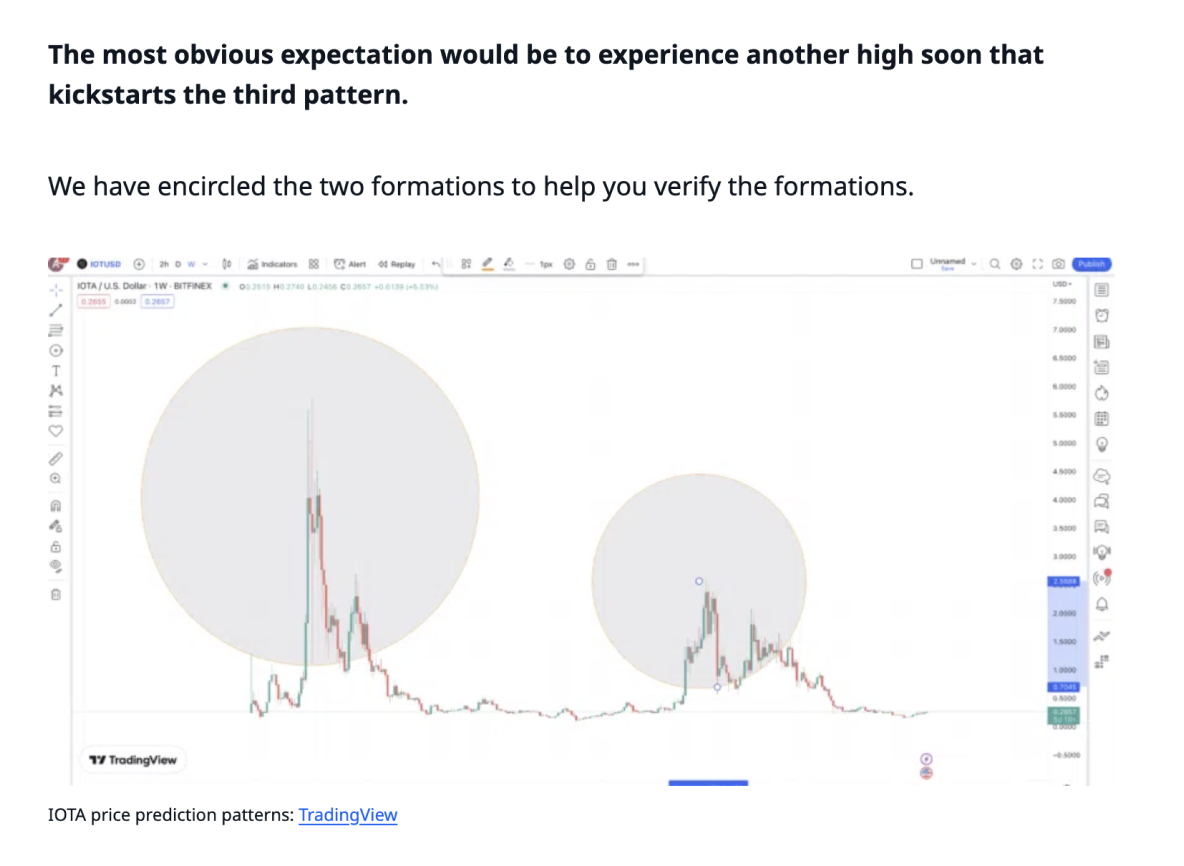Verification Methodology


We use a multi-pronged approach to ensure our articles are factually sound and accurately sourced.
Our editorial team comprises seasoned writers, editors, and qualified journalists, all with extensive experience and knowledge in the blockchain sector.
We count CEOs of bitcoin-led marketing agencies, published authors of crypto literature, DApp developers, ex-senior bankers and traders, and AI/machine learning specialists as part of our team.
Each member is dedicated to providing well-researched, unbiased, and insightful content.
Our team’s educational backgrounds include degrees from City University of London, Kings College London, and News Associates.
All of our articles are based on a combination of primary and secondary research.
We conduct interviews, attend industry conferences, and engage with crypto communities to gather firsthand information. Other commonly used sources include whitepapers, government reports, verified social media accounts, Companies House, and SEC online databases in the U.K. and U.S., respectively.
We use Google Trends, Google Analytics, and Google Public Data Explorer to inform our data journalism and exclusive trend reporting. We collect data with the help of tools such as Import.io and Webscraper.
This primary information is backed up by reputable secondary sources and leading financial-services-focused outlets — Investopedia, the Financial Times, Forbes, the Economist, and Fortune Magazine.
We confirm all statistics and figures using reputable analytics platforms. Coin prices, market movements, whale activity, key dates, and more are all verified using CoinGecko. We use blockchain explorer websites, such as Chainalysis and Blockchain, to verify on-chain information and transactions. Our fact-checking teams also use these tools when further verification or investigation is required.
All sources are clearly cited and linked within our articles. We ensure we provide readers with the means to delve deeper into any topic and encourage them to verify any information for themselves.
Our consistent presence at leading web3 events around the globe ensures we gain insight, experts, and quotes to support and enrich our news reporting. Events we attend include:
Our experts also regularly host and moderate event panels. In 2023, these have included but are not limited to the following in 2023:
Leading figures we have interviewed at global events include Charles d’Haussy, CEO of the dYdX Foundation; Alicia Kao, managing director of KuCoin; Eowyn Chen, CEO of Trust Wallet — as well as senior figureheads at Animoca Brands, Gitcoin, and RAK DAO.
Before publication, our content undergoes a rigorous peer review process by our editorial team to ensure accuracy, relevance, and clarity. Our editors have deep knowledge of decentralized ecosystems and are trained journalists with knowledge of media law.
Our peer review process is as follows:
The cryptocurrency sector evolves at a rapid pace. We continually monitor the market and update our articles to reflect the latest developments. This ensures our content remains current and stays both relevant and accurate.
We pay particularly close attention to our content and commence updates following any regulatory changes (for example, post the SEC/Ripple court case), market crashes, scandals, or company collapses (such as the FTX contagion).
Our price predictions are constructed using extensive technical analysis, fortified by social sentiments, token fundamentals, on-chain metrics, and more. All of our in-house analysts have deep knowledge and understanding of financial markets and the crypto/web3 ecosystem.
Here’s an example of some of our IOTA analysis, clearly identifying chart patterns and explaining meaning to the reader.



As well as our in-house senior analysts, our BeInCrypto Price Prediction Tool gives us an automated edge. This tool, launched in 2023, gathers information from a network of exchanges, independent sources, traders, and analysts. It then correlates this data with existing market trends to predict the possible trading thresholds for each cryptocurrency within a given timeframe.
The algorithm analyzes data from over 5000 cryptocurrencies across leading crypto exchanges, generating a price forecast displayed as a range of prices. It further considers over 200 TA indicators, culminating in a realistic prediction.
Our analysts use this tool as one signifying benchmark to conduct further analysis on key coins and tokens.
We do not predict prices on scam coins or anything we suspect to be a “pump and dump.” We select coins based on market capitalization, trading volume, and their founders/ project background.
Our dedicated compliance team ensures we only promote legitimate projects. We watch market movements carefully and alert editorial teams to any tokens or products that may be scams. We continuously audit our content to ensure we are not promoting or endorsing such projects.
In terms of regularity, the compliance team carries out both weekly and randomized content checks, flagging any copy or information of concern to our fact-checking team for further investigation or verification.
Our industry-leading BeVerified tool lists trusted figures, entrepreneurs, companies, and products in web3. This comprehensive directory is meticulously curated to connect users with leading, trusted entities in the blockchain industry.
We ensure that our content complies with legal standards and is in line with the ethical guidelines of journalism. A number of our team are media law trained, and we refer to legal counsel when necessary.
We have a multilingual, globally-based team employed singularly to fact-check our articles in news, opinion, and our educational “Learn” content.
This work prompts reporter accountability and is also communicated to our sources.
All quotes are checked for factual accuracy. Our reporters communicate directly with our fact-checking team if they cannot instantly verify any gathered information.
Our fact-checking process is as follows:
If we cannot back up or verify a claim, we do not include it in our reporting. Alternatively, we include a clearly bolded caveat, noting we have not been able to independently verify a fact or figure.
All of our fact-checkers and journalists are contractually required to disclose any investments in crypto or the wider stock market to ensure reporting remains neutral at all times.
Our testing and review framework is as follows.
When writing reviews and recommending platforms, information travels directly from our testing teams to our writers.
Our experts meticulously test each feature and function of a platform or product, scoring against extensive criteria.
These criteria include usability, fees/expenses, safety and security measures, and customer service responses. Our writers and product testers work in tandem to construct holistic, in-depth guides based on our experiences.
For example, our Binance review was conducted over the course of six months due to the size and breadth of the platform. The team participated in spot, OTC, and margin trading. We tested the p2p trading interface extensively and used each and every trading bot associated with the platform, logging the impact on trading performance and ease.
We also pay close attention to the regulatory standing of a product or platform and prioritize wholly compliant services in our recommendations.
Every exchange or product is tested for a minimum of three months. When reviewing brokers and exchanges, our teams use all functions and offerings extensively, trading crypto pairs, noting liquidity and any slippage.
With cloud mining services, we again engage in mining assets for at least three months before forming and publishing an opinion.
We pay particular attention to customer service offerings and test them extensively. Depending on a platform’s arsenal, we raise multiple tickets (at least five in all cases) and track response quality and time.
This data, both qualitative and quantitative, is logged and forms the basis of our comparative analysis, allowing us to benchmark products and platforms against competitors accurately.
We ensure we test each and every customer service offering, communicating extensively with customer service teams via live chat, email, as well as on the phone where possible.
Scenarios we test include simple questions about fees and concerns about fiat/crypto withdrawals. Other questions are bespoke and depend on our experiences using the platform.